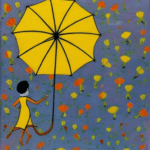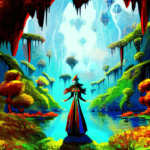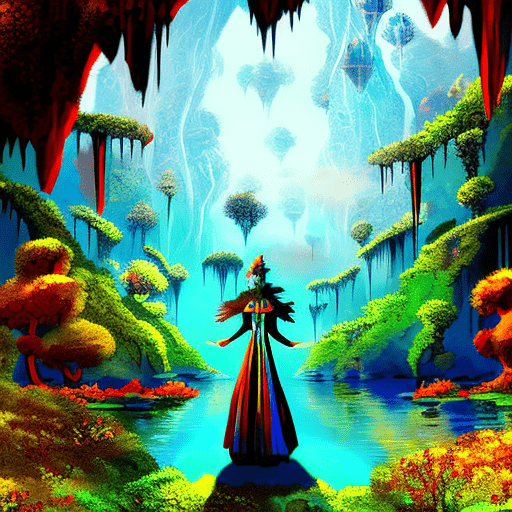The Last of the Really Great Whangdoodles: A Magical Adventure to Imagination
In “The Last of the Really Great Whangdoodles” by Julie Andrews Edwards, three siblings embark on a magical adventure to a hidden world called Whangdoodleland, where they encounter fantastical creatures and learn valuable life lessons. With themes of imagination, friendship, and the power of belief, this enchanting tale reminds readers of the importance of embracing their creativity and exploring the wonders of their own minds.
Imagination Unleashed: A Journey to Whangdoodleland
“The Last of the Really Great Whangdoodles” follows the adventures of Ben, Tom, and Lindy Potter, three siblings who discover a hidden portal to a magical world known as Whangdoodleland. Led by the eccentric Professor Savant, the children embark on a quest to find the elusive Whangdoodle, a mythical creature believed to be the last of its kind. Along the way, they encounter a variety of whimsical creatures, including the Whiffle Bird, the High-Behind Splintercat, and the Oinck.
As the children explore Whangdoodleland, they learn that the key to unlocking its wonders lies within their own imaginations. They discover that imagination is not just a tool for entertainment but a powerful force that can shape reality. Through their adventures, the siblings develop their imaginative abilities, learning to think creatively and problem-solve in unconventional ways.
The Power of Friendship and Belief
Throughout their journey, Ben, Tom, and Lindy forge deep friendships with the creatures they encounter in Whangdoodleland. They learn that true friendship transcends appearances and differences, emphasizing the importance of acceptance and empathy. The siblings also discover the significance of believing in oneself and others, as their unwavering faith in the Whangdoodle’s existence ultimately leads them to success.
The book also explores the concept of “grown-ups” losing their ability to imagine and believe in the extraordinary. Through the character of Professor Savant, who is initially skeptical of the children’s claims, the story highlights the importance of maintaining a sense of wonder and embracing the limitless possibilities of the imagination, regardless of age.
Embracing Creativity and Exploring the Wonders Within
“The Last of the Really Great Whangdoodles” encourages readers to embrace their own creativity and explore the wonders within their minds. The book serves as a reminder that imagination is not limited to childhood but can be a lifelong source of joy, inspiration, and problem-solving.
Key takeaways from “The Last of the Really Great Whangdoodles” include:
- Imagination is a powerful tool that can shape reality.
- True friendship transcends appearances and differences.
- Belief in oneself and others can lead to success.
- Maintaining a sense of wonder and embracing the possibilities of the imagination is essential.
“The real magic of life is in the mind.”
In conclusion, “The Last of the Really Great Whangdoodles” takes readers on a magical adventure to Whangdoodleland, where imagination reigns supreme. Through the journey of Ben, Tom, and Lindy, the book emphasizes the importance of embracing creativity, fostering friendships, and believing in the extraordinary. This enchanting tale serves as a reminder that the real magic of life lies within the power of the mind.












